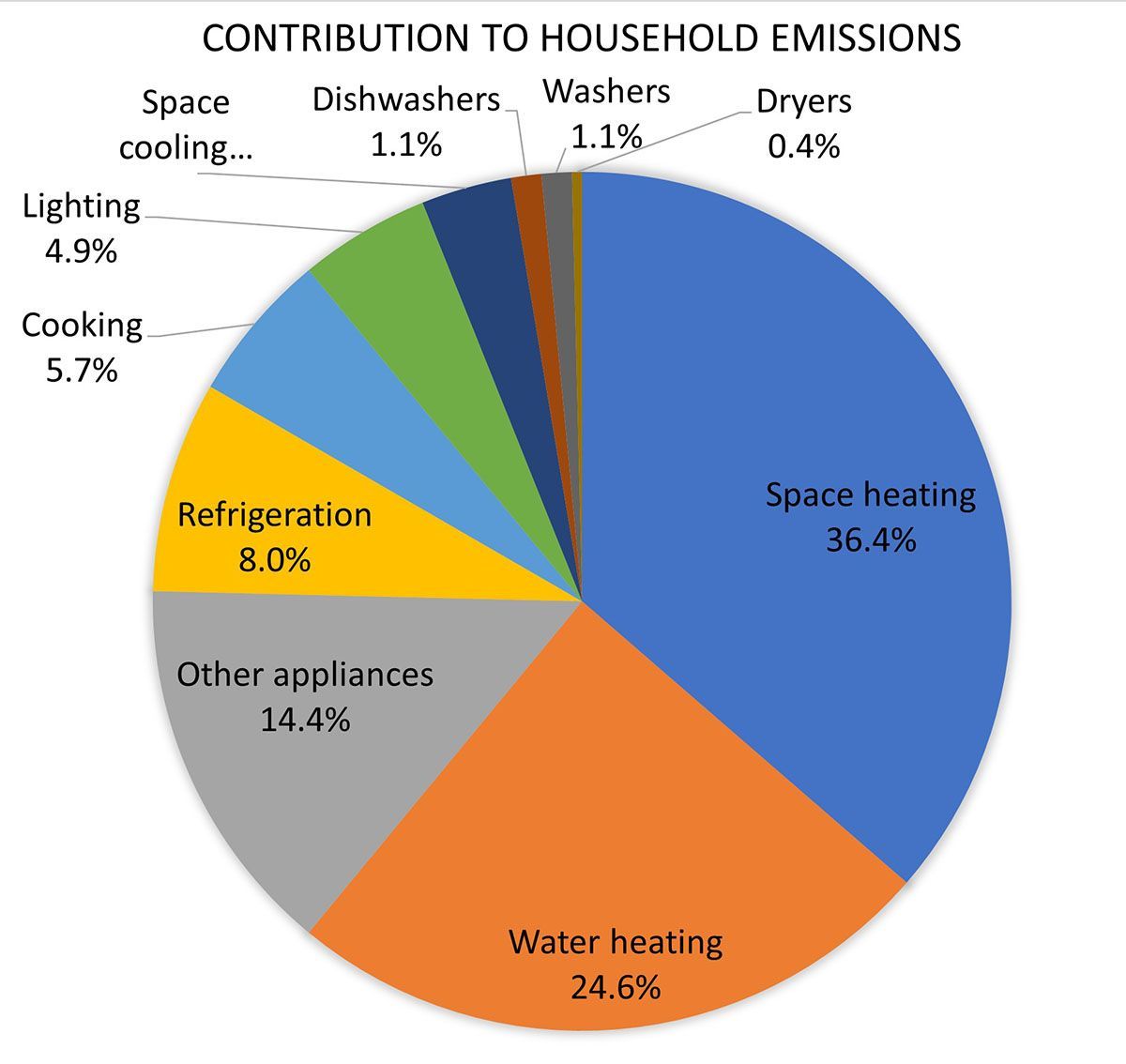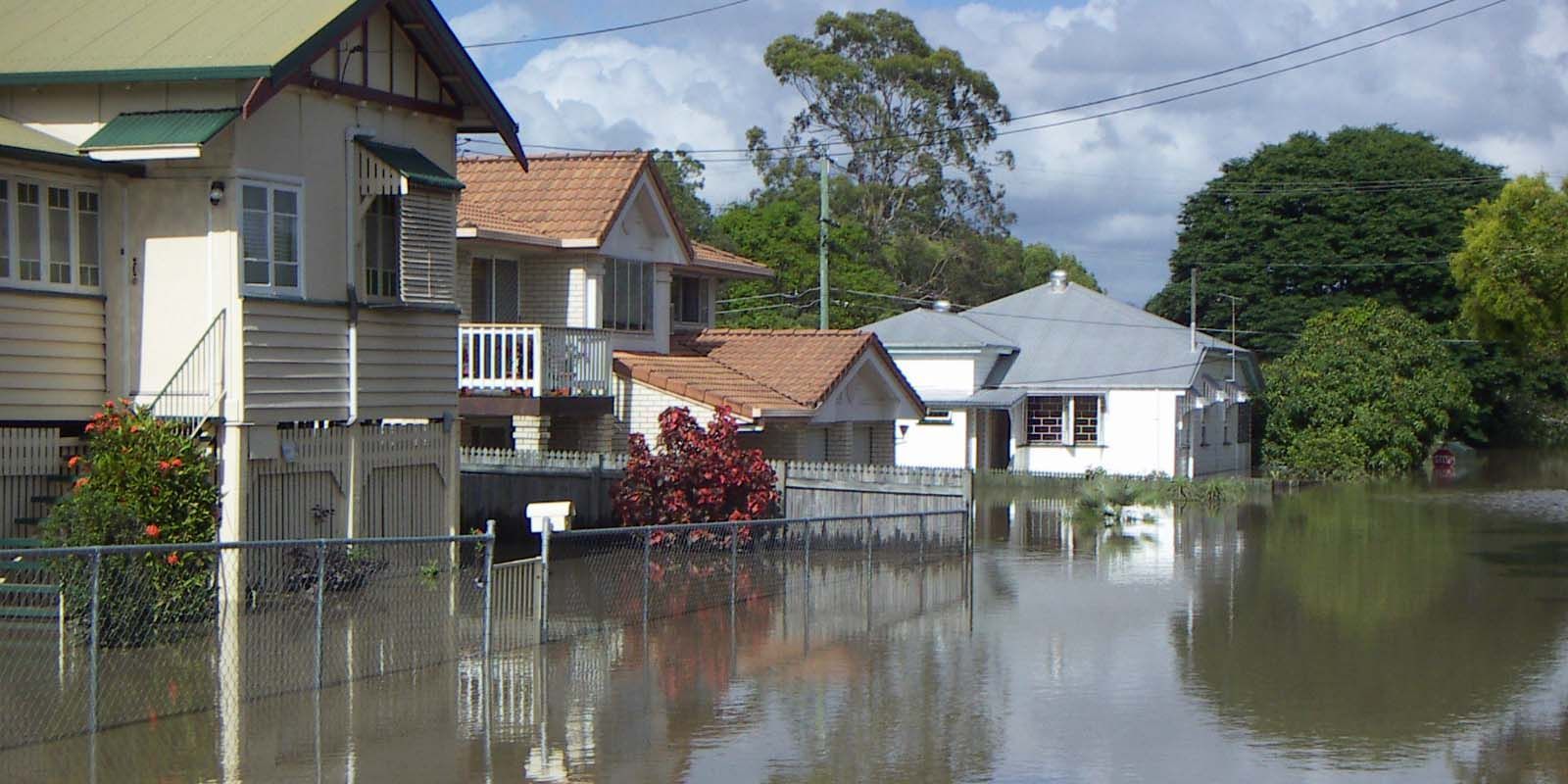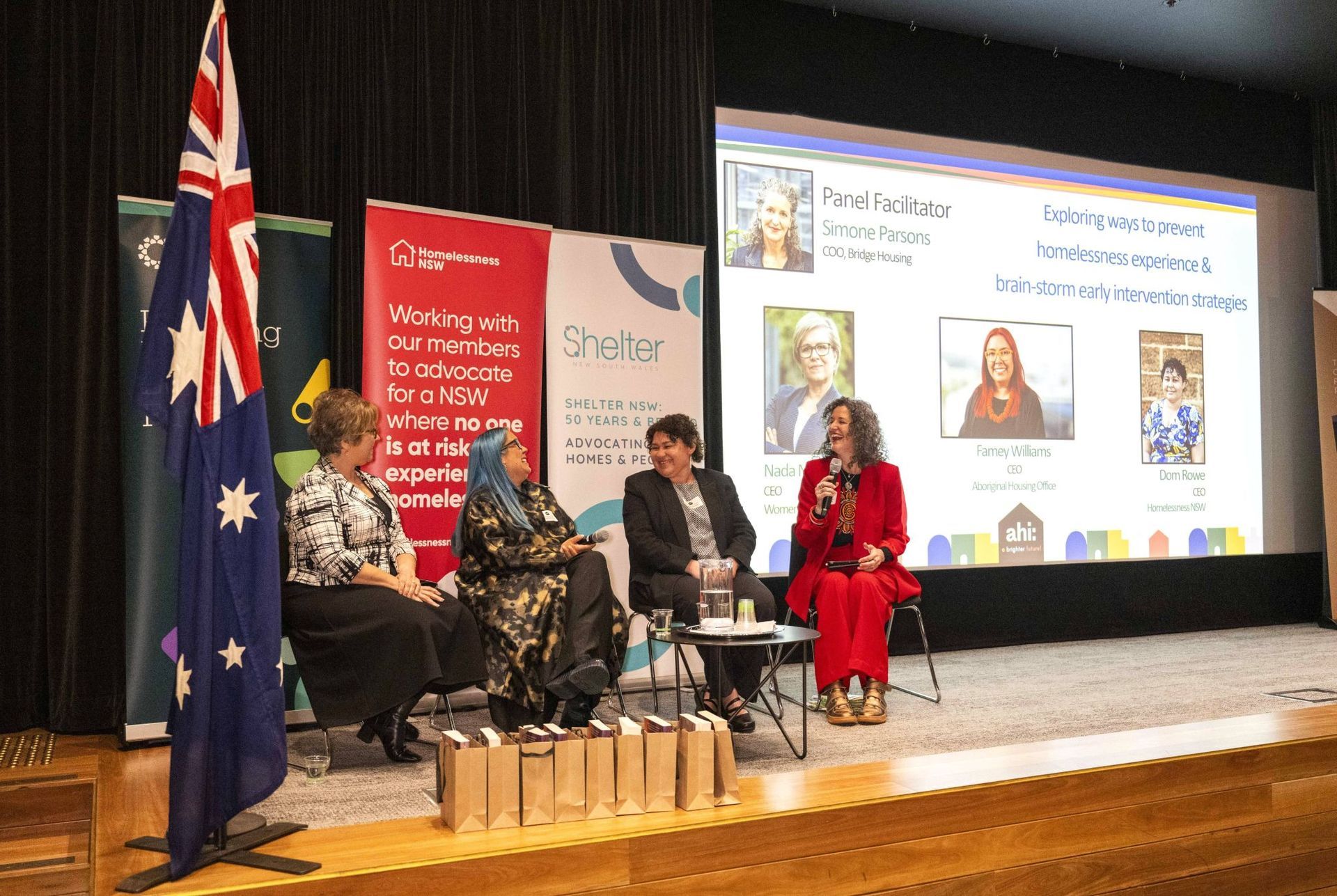Jon Eastgate reports to us from his Brisbane-based consultancy, 99 Consulting, where he's commenced a passion project that investigates how the housing industry can positively impact climate change.
Like so many people on the planet, as the years have passed, I have become increasingly anxious about the progress of climate change and the failure of our governments and major corporations to come to terms with it. A couple of years ago, I decided that as well as waving placards on the street, I should focus on the place I find myself in and see what I could do there. My place is the housing and homelessness sector, where I have worked on and off in various capacities for nearly 40 years.
"As a consultant, the thing I felt I could do best is provide people with information that might help them take action."
As a consultant, the thing I felt I could do best is provide people with information that might help them take action. I started researching the links between housing, homelessness and climate change, and I found a vast amount of information – lots of it in the public domain, although more in the heads and records of organisations, both government and non-government, which takes work to extricate.
The result has been a website, www.climatehousing.com.au, launched in early 2023. I admit it's still being built (as I find time between paying clients), but I decided to put it out there unfinished rather than keep it to myself until it’s perfect (so it wouldn't wither and die).
Here in this edition of HousingWORKS, I want to give you some highlights of what I've found so far, to encourage you to both dig deeper and share what you know in return.
Being a climate-friendly organisation
Corporate regulators are increasingly focusing attention on the way companies respond to environmental issues, particularly climate change. One way that organisations address this is through developing and implementing Environmental, Social and Governance (ESG) plans. Social housing organisations are typically well-versed in the social aspects of their work (after all, that’s what they're here for) and governance is a long-standing requirement, but environmental impacts are often new for them.
There are a lot of aspects of your organisation to consider – energy and resource use in your office and on the road, choices about transport, waste generation and disposal, procurement policies, to name a few. However, for a housing organisation, your biggest environmental impacts will be in the housing you build and manage.
Housing has a big impact on climate
Buildings account for about a third of global greenhouse gas emissions, with approximately 60% coming from residential buildings. Just over a quarter of the emissions are from construction, the rest from the operation of the buildings. This is not a small impact and, clearly, we will want to do what we can to reduce this.

"We also need to accept that a degree of climate change has already taken place, and more is on the way."
We already see the impacts in more severe and frequent natural disasters, particularly floods, droughts, fires and heatwaves. Social housing tenants, and people experiencing homelessness, are among the most vulnerable people in our community and have the least capacity to manage these impacts on their lives.
Construction
The construction industry is a major emitter, with emissions coming from manufacturing building materials, transporting them to the site and constructing the building itself.
There are ways to reduce emissions at each of these steps – by choosing less emissions-intensive materials (or changing manufacturing technologies), sourcing materials nearby and using low-emissions transport to reduce transport emissions, as well as by using renewable energy on-site. But it is a complex subject and involves a lot of technical issues.
There has been a lot of experimentation and prototyping of zero-emissions construction in recent years, but we have a way to go before these become mainstream.
A lot of work has been performed by various people – if you want a bit of inspiration by way of example, you could check out The Fifth Estate’s Extreme Green Buildings, the resources from Built, or the World Green Building Council.
Energy-efficiency
Most housing-related emissions come from using the building after it’s built, so energy-efficiency is key to reducing building emissions. It’s also important for low-income tenants who are struggling with soaring energy bills.
For new construction, energy-efficiency standards are now built into the Building Code, and new dwellings are expected to score the equivalent of at least 6 out of 10 on the Nationwide House Energy Rating Scheme (NatHERS) – this will soon go up to 7.
But why stop there when you can go higher?

"The bigger challenge is with dwellings that were built before these standards came into force, which is about 90% of all Australian housing."
The bigger challenge is with dwellings that were built before these standards came into force, which is about 90% of all Australian housing. Existing rental homes around Australia average less than 2 on the NatHERS scale, and social housing dwellings are no better than private rentals, given they were often constructed cheaply and the housing is ageing.
The good news – there are some simple things you can do to improve this . The main users of energy in homes are heating and cooling, hot water, cooking, lighting and running the fridge. Of these, only the fridge is in the tenant’s control; the rest depend on what the landlord does with the building. However, all of them can be improved in the course of routine maintenance.
Here are five things you can do to reduce energy use:
- If the house uses gas for any of these purposes, switch to electricity;
- Install insulation and improve the airtightness of doors, windows and floors to reduce heating and cooling costs;
- As you replace hot water systems, install up-to-date heat pump systems and make sure you fix any leaky pipes or taps;
- As you replace stoves, install electric induction cook-tops and fan-forced ovens;
- Go for LED lights where possible and install motion sensors on outside and public-area lights.
In its 2023 Budget, the Commonwealth Government announced an injection of $300 million into energy upgrades for social housing, with this sum to be matched by the states and pay for upgrades to 60,000 dwellings. More details are still to be announced.
A great resource for ideas and inspiration on improving energy-efficiency is Rewiring Australia, www.rewiringaustralia.org.
Another great source on all things energy-efficiency is Renew, renew.org.au.
And, Healthy Homes for Renters is leading the campaign for greater energy-efficiency in rental housing - www.healthyhomes.org.au.
Renewable Energy
Installing rooftop solar panels is a great way to reduce carbon emissions and energy costs. However, while the economics of this work really well for owner-occupiers (an up-front investment reduces power bills over the longer term), it doesn’t work that way for rental housing. In a rental, the owner makes the investment and then the tenant gets the benefit.
It would be great to just lay out the money and help our tenants, but most social landlords are strapped for cash.
It would be great to just lay out the money and help our tenants, but most social landlords are strapped for cash.
Nonetheless, there have been some projects where social landlords were able to make this happen. For instance, back in 2019, the Queensland Government conducted what it called the Solar for Renters Trial, which put resources into placing solar panels on the roofs of private and social rental housing.
Yumba Meta Ltd, an Aboriginal and Torres Strait Islander-controlled community housing organisation in Townsville, used the Solar for Renters Trial to place solar panels on the roofs of all their rental properties. You can see the write-up by Solar Citizens at www.solarcitizens.org.au/solar_for_renters.
Sadly, the scheme hasn’t been extended and the Queensland Government are yet to publish any evaluation results to help us learn from their trial.
Some organisations have found other ways to do the same – for example, BRIC Housing in Brisbane had a system donated and installed by their builder as part of a newly-built set of units, while Community Housing Ltd sourced funding from the Australian Renewable Energy Agency (ARENA) for solar energy on a couple of their new-builds.

Homelessness
As the climate changes, we're seeing more frequent and intense extreme weather events. These are particularly hard on people who are homeless, and they create homelessness as houses are destroyed or made uninhabitable. You need to have good business continuity plans to deal with natural disasters – and remember, your staff are just as likely to be affected as your tenants.
One of the organisations at the forefront of helping people living with various disadvantages to prepare for natural disasters is Collaborating 4 Inclusion. Their toolkit, Person-Centred Emergency Preparedness (P-CEP), has been co-designed with people with disability to help prepare for emergency situations. They have also completed a range of sector-wide projects looking at how local networks of services can be ready to collaborate in emergencies and ensure high-need residents get the support they need.
You can see their various projects at collaborating4inclusion.org/homelessness-and-disaster/. The Australian Council of Social Service (ACOSS) has a toolkit for community organisations – resilience.acoss.org.au/ – and the Community Services Industry Alliance has something similar – csialtd.com.au/major-programs/industrydevelopment/disaster/.
In conclusion
Climate change is a daunting and frightening problem, made more so by vested interests that have thwarted decisive action so far.
Rather than stress about things we can’t change, let's focus on what we can do to limit the damage in our own sphere. As housing professionals, there's considerable scope for us to reduce the emissions of the organisations we work for, and to manage the impact of climate change on our tenants.
While this article has introduced some of the key themes, there’s a lot more where that came from!
Want to put forward your own successes or learnings?
Jon Eastgate would love to hear from ahi members about the crossover between housing and climate change. You can contact him via his website
www.climatehousing.com.au or email
jon@99consulting.com.au
Share This Article
Other articles you may like








